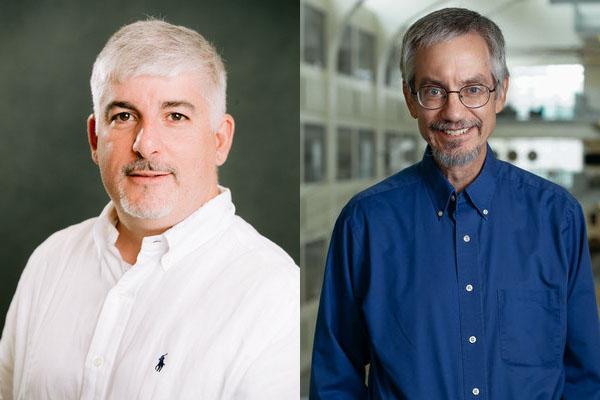NSF awards $153 million for high luminosity upgrades to particle detectors at the Large Hadron Collider

On March 31, 2020, the National Science Foundation awarded US CMS and US ATLAS a total of $153M over five years for the construction of high luminosity upgrades to two particle detectors at the Large Hadron Collider (LHC) as part of their MREFC program.
The upgrades will enable the ATLAS and CMS detectors to operate at higher intensity. High-luminosity operation of the LHC (HL-LHC) using the upgraded detectors is expected to begin in 2027 and continue for 10 years. This will generate enormous volumes of data -- more than 10 times the total data collected by LHC operation through 2024. The data will enable precision tests of the Standard Model of particle physics. Such investigations may reveal insights into phenomena beyond the Standard Model, such as the nature of dark matter. "The National Science Foundation has a rich legacy of supporting research at the cutting edge of high-energy physics," said NSF's Assistant Director for Mathematical and Physical Sciences Anne Kinney. "These upgrades will enable novel experiments that promise to expand our understanding of the most fundamental units that make up our universe.”
As the LHC transitions to high luminosity operation in 2027 and beyond, OSU researchers will continue to play a critical role among the thousands of researchers from around the world participating in the ATLAS and CMS scientific collaborations. Prof. Chris Hill, who is the project scientist for the US CMS HL-LHC project, and Prof. Brian Winer are PIs on this proposal that has taken five years and numerous reviews to reach this important milestone. They will receive $851,509 as their share of this MREFC award.
Read more at www.nsf.gov/news/special_reports/announcements/033120.jsp?linkId=85589393
